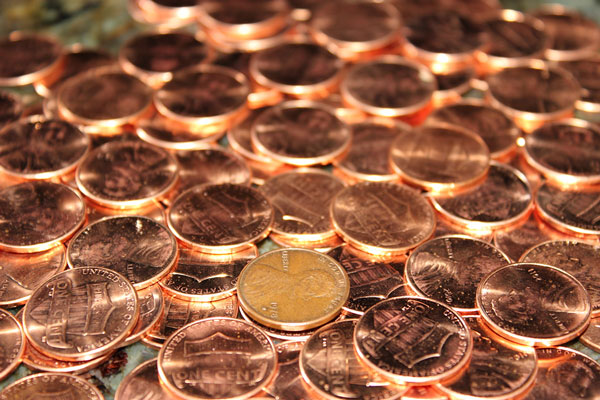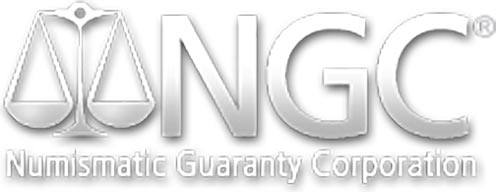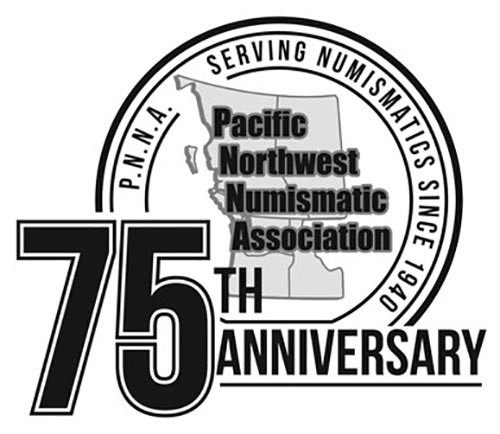
 The story of the U.S. penny begins back in 1787 when the first pure copper half-cent was designed by Benjamin Franklin and manufactured in a private mint. Back then, you could buy a nice plate of eggs and bacon with a few cents, but today a penny doesn’t get you much at all. If you’re like most Americans, you probably find yourself either leaving your pennies in the “penny dish” at the counter, or taking them home to drop in a jar that you periodically empty into a CoinStar machine.
The story of the U.S. penny begins back in 1787 when the first pure copper half-cent was designed by Benjamin Franklin and manufactured in a private mint. Back then, you could buy a nice plate of eggs and bacon with a few cents, but today a penny doesn’t get you much at all. If you’re like most Americans, you probably find yourself either leaving your pennies in the “penny dish” at the counter, or taking them home to drop in a jar that you periodically empty into a CoinStar machine.
In February 2013, Canada stopped producing its penny, deeming it a waste of money. Countries like Australia, New Zealand, Sweden and the Netherlands have done the same with minimal outcry. Are we reaching the point where it’s time to say good-bye to the U.S. penny? It’s a debate that has been going on for some time, but it wasn’t until 2006 that the cost to manufacture a penny topped the coin’s actual value. Even with today’s pennies being made of only 2.5% copper (to 97.5% zinc), the U.S. Mint reports that each coin costs almost 2.5 cents to make because of recent spikes in the prices of metals.
Some people argue that by eliminating the penny we’d be welcoming inflation. Most economists, however, state that this simply isn’t the case. Other countries that have eliminated their lowest-denomination coins have seen no measurable economic impact. And while it may not be common knowledge, back in the 1980s all U.S. overseas military bases banned the penny and rounded prices up or down to the nearest five cents.
Other proponents of keeping the penny fall on the side of history. At the time that Teddy Roosevelt introduced the Lincoln penny in 1909, it was the first U.S. coin to bear the likeness of an actual person. And there are those who believe it would be wrong to abolish the coin that bears the visage of one of the United States’ most revered presidents. However, others argue that Lincoln also appears on the five-dollar bill, which isn’t going anywhere (at least for now).
So while some Americans (and many coin collectors) may still love their pennies, the tide seems to be turning against the humble one-cent piece. But even though the penny might not have much of a future, it does have an incredible past. If you’re interested in learning more about the U.S. penny or any other coin, come down and talk to the experts at Liberty Coin & Currency.
Liberty Coin & Currency specializes in gold buying and dealing in rare coins. We are a family-owned business that was first established over 16 years ago and is now located in Vancouver and Portland. We also buy gold, silver, diamonds, currency and jewelry. Visit us first for a free evaluation.







